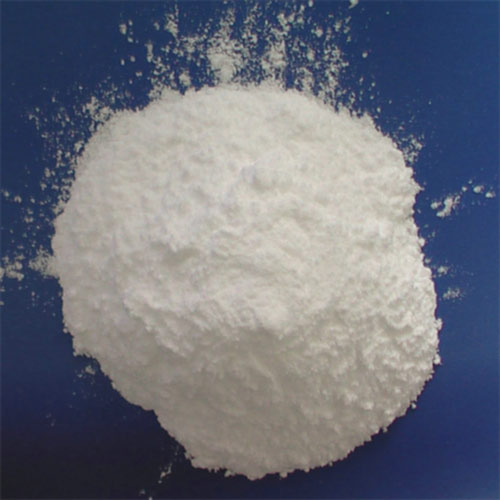Vitamin B6 HCL (Pyridoxine Hydrochloride) is used to reinforce nutrition in the food industry. Vitamin B6 Pyridoxine hydrochloride uses include in breakfast cereals, sugar, infant formula, fruit drinks and meal replacements. Though it’s considered safe, some are convinced it has potentially dangerous health effects.
What Is Vitamin B6Pyridoxine hydrochloride?
Vitamin B6 (Pyridoxine hydrochloride) is a white or off white crystal or crystalline powder. Primarily used as a nutraceutical, it is considered to be a dietary source of Vitamin B6 and can be found in many nutritional supplements or as an additive in many foods. Additionally its has been used in the treatment of a number of common ailments including; treatingt anemia, leukopenia, mental retardation, mouth ulcer, atherosclerotic and thromboembolic disease and other diseases.
Possible Side Effects of Vitamin B6 Pyridoxine hydrochloride
Although Vitamin B6 (Pyridoxine hydrochloride) generally regarded as a very safe and effective supplement, there can be some minor side effects. The side effects may:
- severe headache, tiredness, dizziness,mental/mood changes (such as irritability, depression), vision changes (such asdouble vision, blurred vision), dry/peeling skin, bone/joint pain, loss of appetite,yellowing skin/eyes, dark urine, severe stomach/abdominal pain.
GRAS Affirmation: Yes
Generally recognized as safe (GRAS) is an American Food and Drug Administration (FDA) designation that a chemical or substance added to food is considered safe by experts, and so is exempted from the usual Federal Food, Drug, and Cosmetic Act (FFDCA) food additive tolerance requirements. Vitamin B6 (Pyridoxine hydrochloride) is considered safe.
Suggested Dosage
NA.
Special Populations Precaution
There is a lot of concern about diet and nutrition for these population, like Newborns, children, pregnant, sensitive to Vitamin B6 populations. Better consult to your doctor if you would like to intake Vitamin B6 (Pyridoxine hydrochloride).
Related Research
1. How much vitamin B6 is toxic?. [Ned Tijdschr Geneeskd. 2005 Nov 12] Author: Katan MB.
2. Nutritional status and vitamin B6 supplementation in the institutionalized elderly. [Harefuah. 2000 Aug] Author: Stern F, Berner YN, Polyak Z, Bernadiner S, Komarnitsky M, Sela BA, Doolman R, Dror Y.
3. Vitamin B6 and immune competence. [Nutr Rev. 1993 Aug] Author: Rall LC, Meydani SN.
4. Vitamin B6 and valproic acid in treatment of infantile spasms. [Pediatr Neurol. 1991 Mar-Apr] Author: Ito M, Okuno T, Hattori H, Fujii T, Mikawa H.
5. Vitamin B6 in clinical neurology. [Ann N Y Acad Sci. 1990] Author: Bernstein AL.

